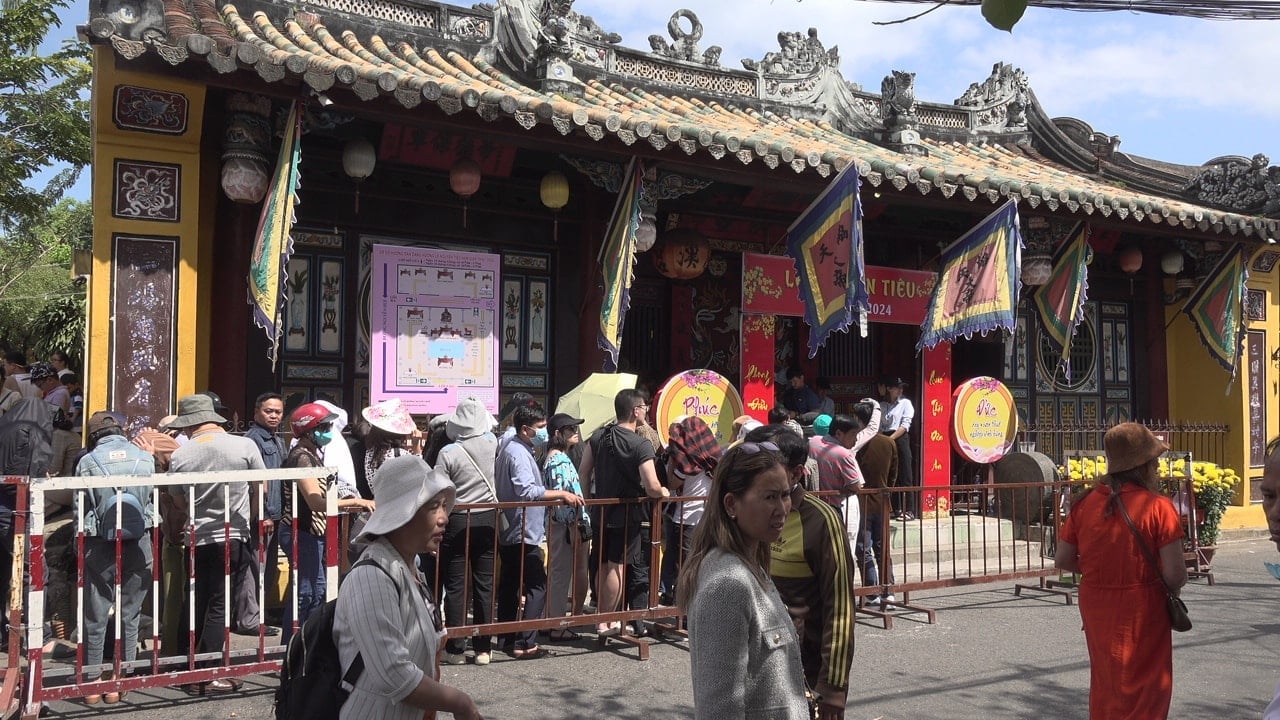
Court etiquette
The book Dai Nam Thuc Luc recorded: in the 16th year of Minh Mang (1835), the king instructed the Cabinet: "The state should follow the old rules and clarify the rituals. Every year, there are 5 sacrificial ceremonies at the temples, and on holidays such as Nguyen Dan, Thanh Minh, Doan Duong, and Tru Tich, there are offerings to show respect. The rituals and meanings are already thoughtful. Also, think: on the days of the week such as: Thuong Nguyen, Ha Nguyen, Trung Nguyen, That Tich, Trung Thu, Trung Duong, Dong Chi, the ancients also had offerings, but our country's honest and simple customs have not been able to fully celebrate them. Order the Ministry of Rites to review and report.
After the Ministry of Rites presented it, the king approved: from now on, on all the Winter Solstice, Shangyuan, Zhongyuan and Xiayuan festivals, offerings will be made to the temples and Phung Tien Temple, with the same rituals as the Duanyang festival (only on the Shangyuan festival, which falls on the birthday of Phung Tien Temple, the offerings will follow the usual custom, and no additional offerings will be made). On the Qixi Festival, Mid-Autumn Festival and Chongyang Festival, fruits, tea, and delicacies will be used. On the Shangyuan and Mid-Autumn Festivals, lanterns will be hung all night to highlight the festival in good weather." (National History Institute of the Nguyen Dynasty, Dai Nam Thuc Luc, volume 4, Education Publishing House, 2007, p.747)
In the 17th year of Minh Mang (1836), in addition to the two festivals of Shangyuan and Mid-Autumn, the custom of lighting lamps all night was ordered by the king to be carried out on the Mid-Autumn Festival.
In the 5th year of Thieu Tri (1845), the organization of Tet Nguyen Tieu had some changes compared to the old custom. The king ordered: Tet Nguyen Tieu, in the past was called a good festival; today the state is idle, there is no need to hesitate to enjoy the old custom, but in my heart, I take care as the main thing, not taking pleasure in entertainment. From now on, all major festivals such as Van Tho, Chinh Dan, Doan Duong, Dong Chi, will follow the working custom; in addition, the happy festivals of each season every year, all must be reported 5 days before that day, waiting for orders, and cannot be rigidly bound by the old custom, because the old custom is not my intention". (National History Institute of Nguyen Dynasty, Dai Nam Thuc Luc, volume 6, Education Publishing House, 2007, p.707).
It can be seen that Tet Nguyen Tieu was held regularly under the early Nguyen Dynasty. During the reign of King Thieu Tri, in order to avoid waste and unnecessary rituals, new regulations were created to change to suit the country's situation.
About the sacrificial ceremony when the king attends
In the Nguyen Dynasty's Imperial Records of the 23rd year of Tu Duc (1870), it is recorded that the king participated in the ceremony as follows: ... Shangyuan, Duanyang, Qixi, Zhongyuan, Mid-Autumn, Chongyang, Dongzhi, Xiayuan and the new and full moon days of each month, as well as the five-season and daily ceremonies. If the Emperor comes to perform the ceremony, he must request a decree in advance. The Ministry of Ministers will meet with the Imperial Guards, the Chief and Deputy Envoys of the Temple, and go to the eastern side of the temple to set up and prepare the offerings. When the time comes, the Emperor, fully clothed, will leave the Can Chanh Palace and take the carriage to the land outside the temple, through the left door to the small resting place. The employees of the Office of the Temple, fully clothed, will light lamps and candles and open the curtains according to the altars. A Central Envoy will come in to invite the Emperor to the place where he will be enthroned. After the ceremony, the Emperor will go down the steps and return to the palace. On the 7th and 5th watches of the 14th day of the first lunar month, Chuong Duc gate was opened so that the offices could bring offerings in and stay there until the end of the watch (according to Nguyen Thu Hoai, Tet Nguyen Tieu and the rituals of worshiping and ceremonies in the Nguyen Dynasty Royal Palace, 2019, - https://www.archives.org.vn/tin-tong-hop/tet-nguyen-tieu-va-nghi-thuc-cung-te-cac-le-tiet-trong-hoang-cung-trieu-nguyen.htm)
Court policy
In addition to the regulations and practices, during the Lantern Festival, the royal court also had policies of grace for deceased relatives.
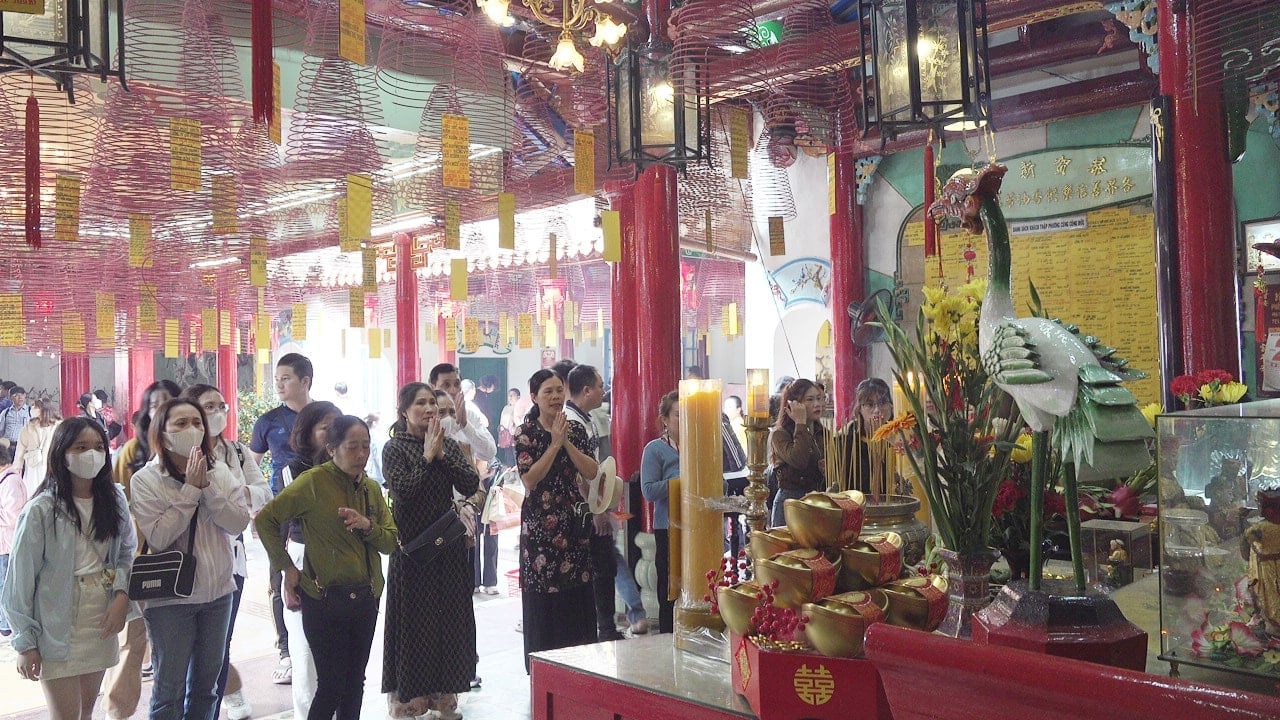
In the 16th year of Minh Mang (1835), the king advised the Cabinet: “This year, thanks to the mercy of heaven, the two regions of the North and South have completed great tasks, the bandits have been suppressed, the harvest has been favorable, the year has been a bumper crop, I have issued 12 grace edicts: from the royal family to the mandarins, officials, soldiers, and civilians, no one is not imbued with grace. I also think of the deceased royal family members: some died in the war, some died young and half-heartedly, some died young and young, thinking about it is very painful! Therefore, a posthumous ceremony should be held to pray for blessings from the underworld to comfort the souls, and on the Ha Nguyen festival of the 10th month, an altar should be set up for universal salvation.
Because the ceremony was held during the Ha Nguyen festival, which fell in the cold, rainy, and difficult season, the king made a decision: on the Thuong Nguyen festival in the first month of the following year, a solemn vegetarian altar was set up at Thien Mu pagoda, for 21 days and nights, to offer sacrifices to the souls of the deceased near and far: every 7 days, a standard altar was made to offer sacrifices to all living beings. A place to receive the dead called: "Trieu linh duong" was also prepared, and a sacrifice was made every 7 days. As for the altars displaying the positions at the vegetarian altar, those with distant relatives would be placed together with the tablets, and the arrangements would be made arbitrarily; those with close relatives would be listed clearly, and the positions would be displayed spaciously. Many votive offerings such as clothes, utensils, silver, gold, and paper money would also be prepared to show their remembrance as if they were still alive. (National History Institute of the Nguyen Dynasty, Dai Nam Thuc Luc, volume 4, Education Publishing House, 2007, p.771)
It can be said that under the Nguyen Dynasty, Tet Nguyen Tieu was highly regarded and organized in a very systematic manner according to the royal court's rules. Nowadays, this festival is one of the good traditional cultural and religious customs that Vietnamese people maintain regularly to pray for a peaceful new year and smooth sailing.
Source: https://baoquangnam.vn/tet-nguyen-tieu-thoi-nha-nguyen-3148849.html
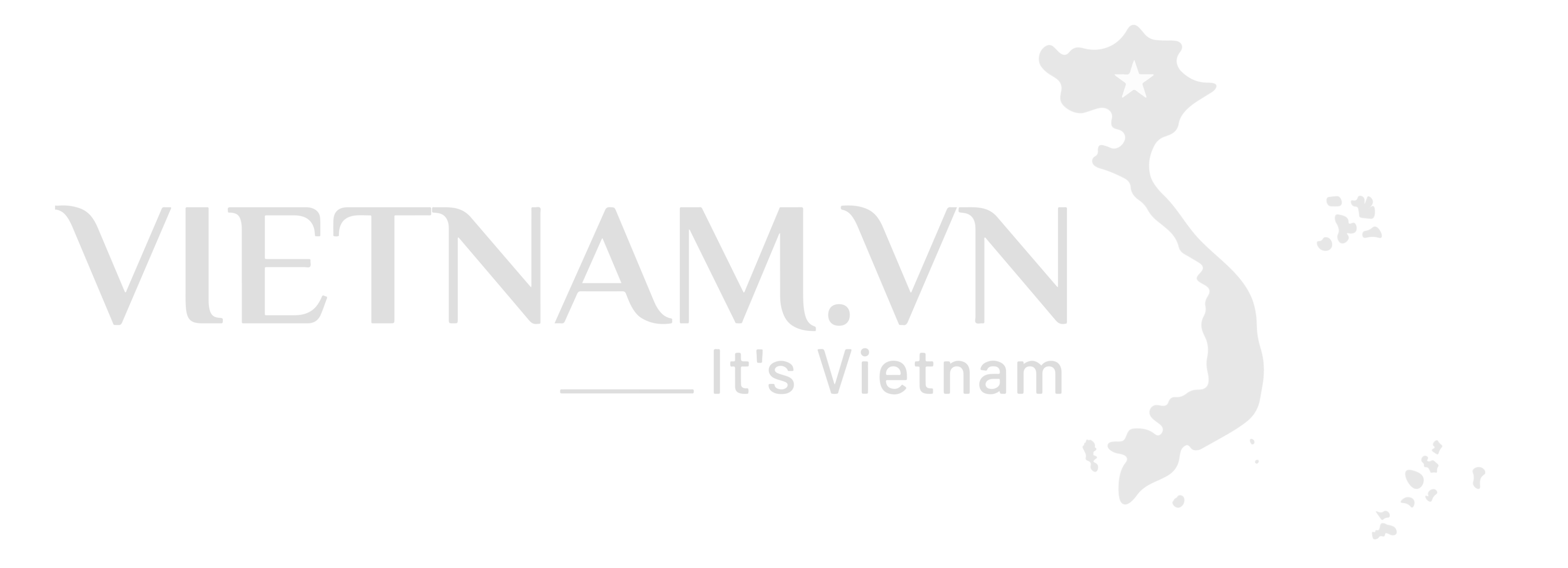


![[Photo] Science and Technology Trade Union honors exemplary workers and excellent union officials](https://vphoto.vietnam.vn/thumb/1200x675/vietnam/resource/IMAGE/2025/9/17/842ff35bce69449290ec23b75727934e)



![[Photo] General Secretary To Lam chairs a working session with the Standing Committee of the Government Party Committee](https://vphoto.vietnam.vn/thumb/1200x675/vietnam/resource/IMAGE/2025/9/17/cf3d855fdc974fa9a45e80d380b0eb7c)
![[Photo] Ho Chi Minh City on the path of integration and development](https://vphoto.vietnam.vn/thumb/1200x675/vietnam/resource/IMAGE/2025/9/17/a5fee25822bb4bbda58efd168667909e)
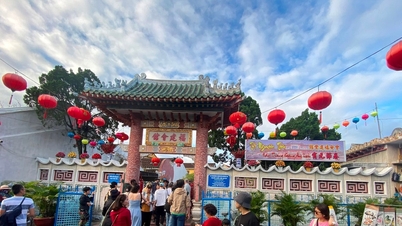









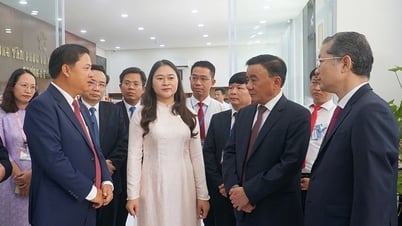
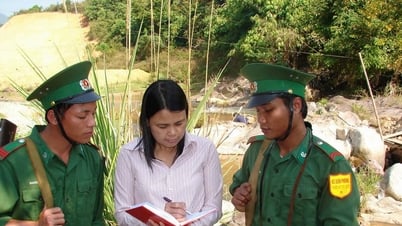
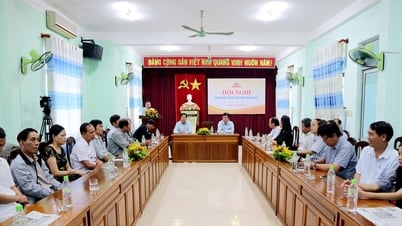
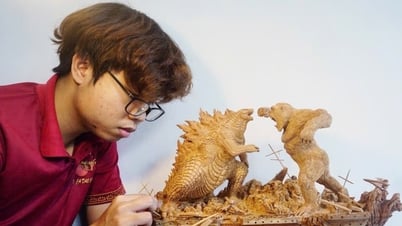
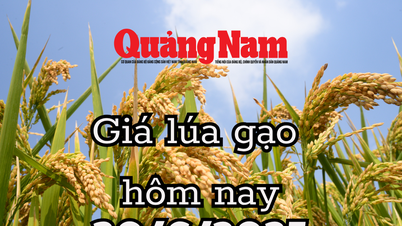





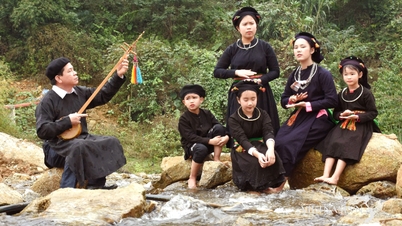



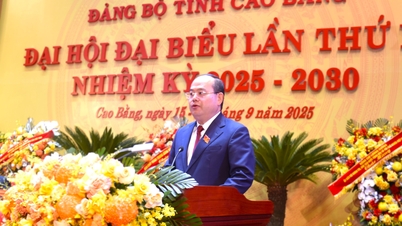
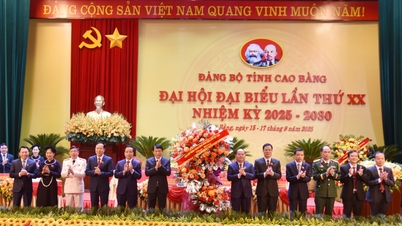



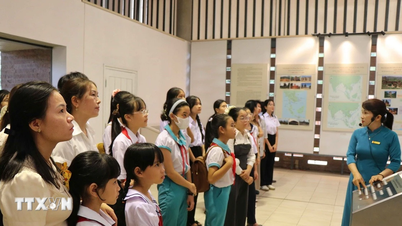

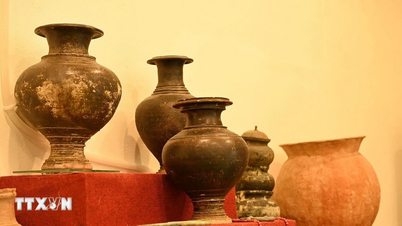


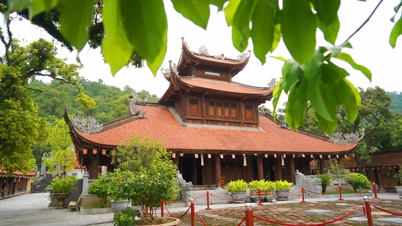

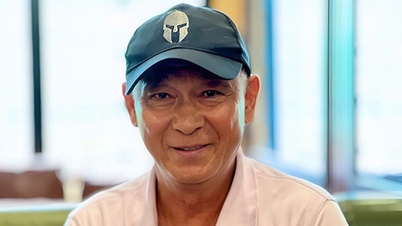

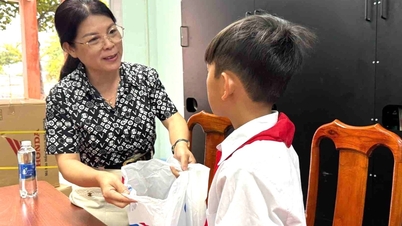
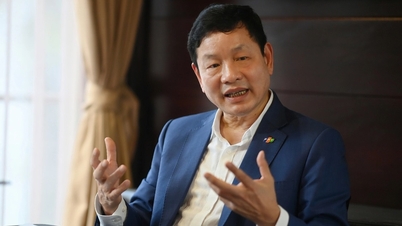



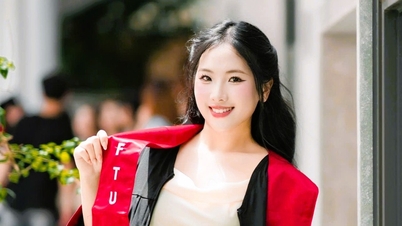
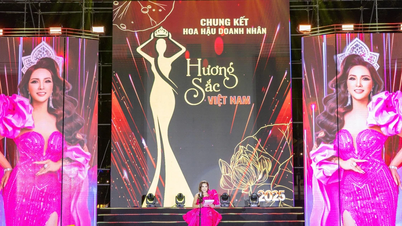


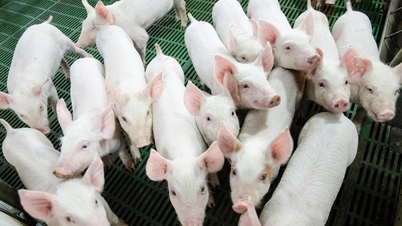





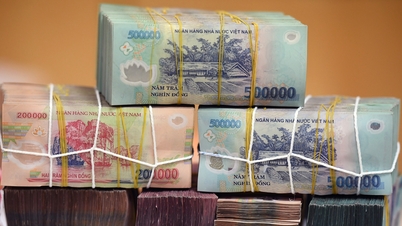
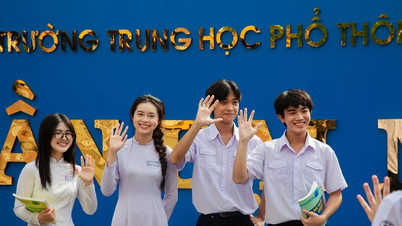


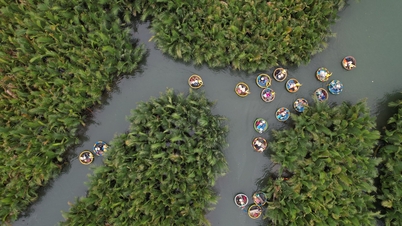
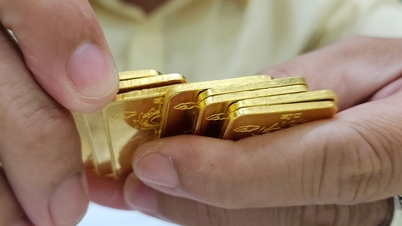
















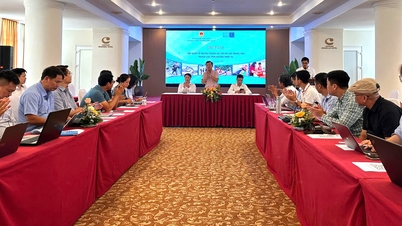




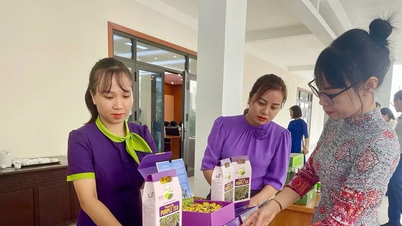










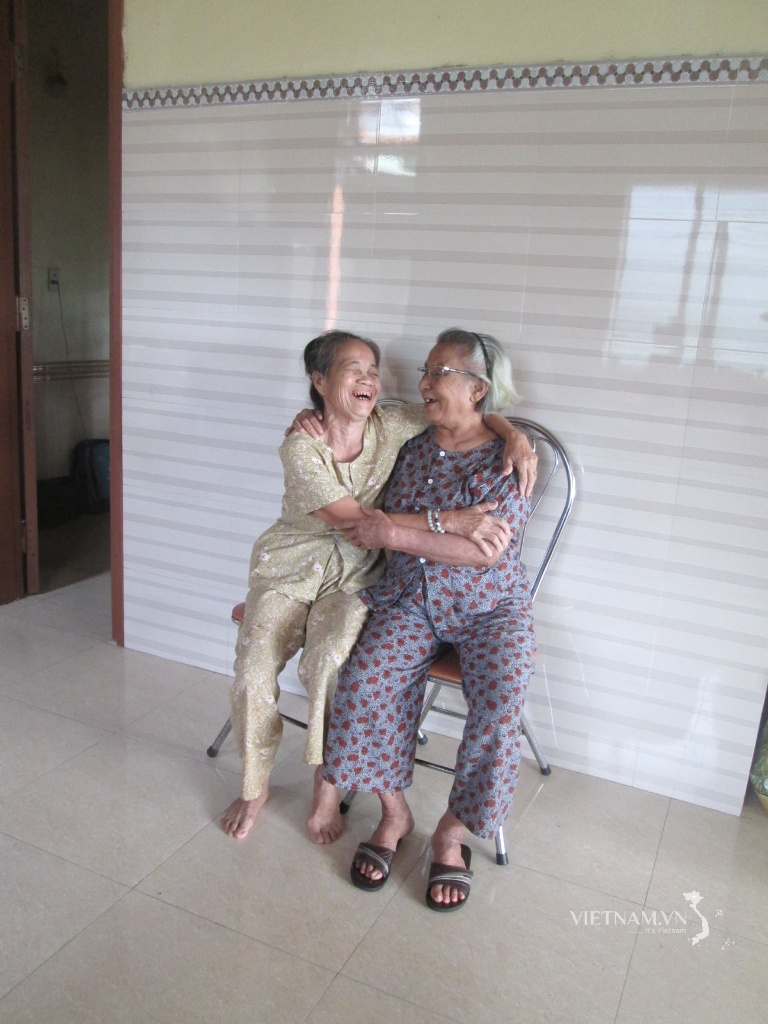

Comment (0)